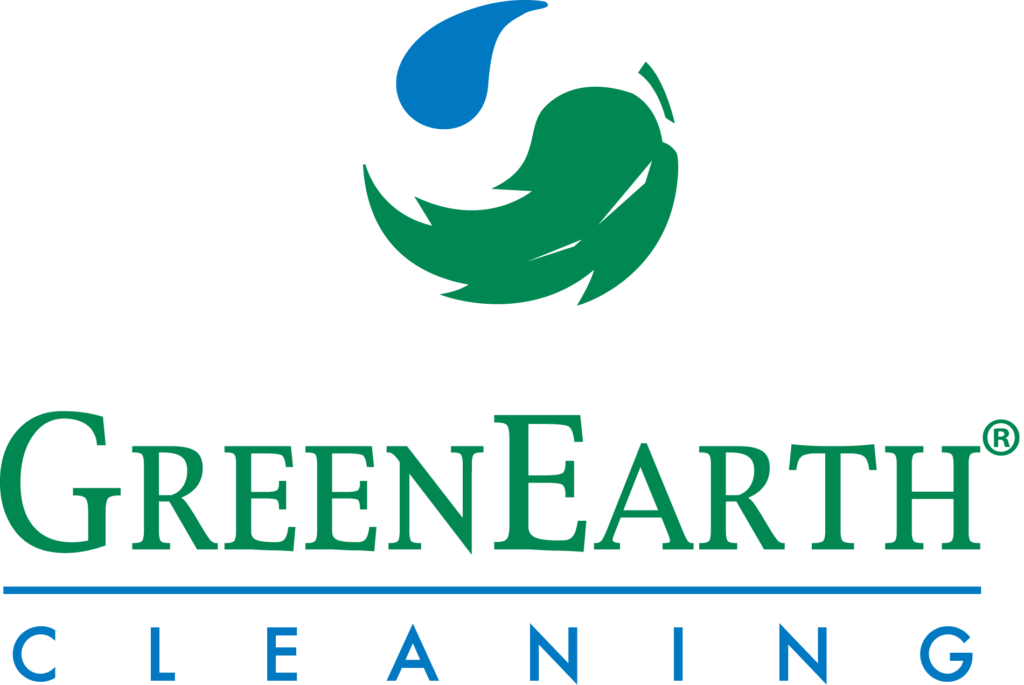Minding Your Own Business
October 10, 2024

Managing employee expectations is essential for maintaining a productive and pleasant workplace. By setting clear expectations, offering regular feedback, and supporting employees’ growth, you can create an environment where employees understand their roles and feel valued. This will lead to increased productivity, loyalty, and overall satisfaction.
Here are some strategies to help you manage those expectations effectively:
Here are some strategies to help you manage those expectations effectively:
1. Set Clear Expectations
Job Descriptions: Ensure that every employee has a detailed job description outlining their roles, responsibilities, and goals.
Regular Communication: Hold regular meetings to review tasks, progress, and any changes in expectations. Provide ongoing training improving communication skill sets.
Performance Metrics: Clearly define what success looks like in their role by setting measurable goals.
Regular Communication: Hold regular meetings to review tasks, progress, and any changes in expectations. Provide ongoing training improving communication skill sets.
Performance Metrics: Clearly define what success looks like in their role by setting measurable goals.
2. Provide Continuous Feedback
Constructive Criticism: Offer timely feedback, both positive and corrective, to help employees understand how they are performing.
Recognition: Acknowledge and reward good performance regularly to maintain morale and motivation.
Recognition: Acknowledge and reward good performance regularly to maintain morale and motivation.
3. Be Transparent
Company Goals and Vision: Keep employees informed about the company’s goals, performance, and future direction.
Open Conversation: Encourage open and honest communication, allowing employees to ask questions and voice concerns. Your customer-facing employees may offer great insights to understanding the likes and dislikes of your customer base.
Open Conversation: Encourage open and honest communication, allowing employees to ask questions and voice concerns. Your customer-facing employees may offer great insights to understanding the likes and dislikes of your customer base.
4. Support Career Development
Growth Opportunities: Provide clear career development paths and opportunities for advancement.
Training and Development: Offer skills training and resources to help employees grow professionally.
Training and Development: Offer skills training and resources to help employees grow professionally.
5. Align Expectations with Reality
Workload Management: Be realistic about workloads and timelines, and ensure employees have the tools they need to succeed.
Compensation and Benefits: Make sure that compensation and benefits packages align with your market standards and are communicated clearly.
Compensation and Benefits: Make sure that compensation and benefits packages align with your market standards and are communicated clearly.
6. Manage Change Effectively
Prepare for Transitions: If changes occur (new technology, business strategy), prepare employees in advance and provide the necessary training.
Flexibility: Offer flexibility where possible, to accommodate changing employee needs. This approach can lead to better employee engagement and retention.
Flexibility: Offer flexibility where possible, to accommodate changing employee needs. This approach can lead to better employee engagement and retention.
7. Foster a Positive Work Environment
Culture and Values: Build a company culture that reflects transparency, respect, and collaboration.
Work-Life Balance: Encourage a healthy work-life balance to prevent burnout.
Work-Life Balance: Encourage a healthy work-life balance to prevent burnout.
By setting clear expectations, offering regular feedback, and supporting employees’ growth, you can create an environment where employees understand their roles and feel valued. This will lead to increased productivity, loyalty, and overall satisfaction.
Rewarding and incentivizing employees is a crucial part of managing their expectations and boosting motivation. Here are key approaches to effectively reward and incentivize employees:
Rewarding and incentivizing employees is a crucial part of managing their expectations and boosting motivation. Here are key approaches to effectively reward and incentivize employees:
1. Monetary Incentives
Bonuses: Offer performance-based bonuses tied to meeting or exceeding goals, whether quarterly or annually. This can be individual or team-based.
Profit Sharing: Provide employees with a share of the company’s profits, aligning their success with the company’s overall financial health. Compensation can be in different forms depending on what motivates your employees.
Salary Increases: Conduct regular salary reviews and offer raises based on merit, tenure, and achievement.
Profit Sharing: Provide employees with a share of the company’s profits, aligning their success with the company’s overall financial health. Compensation can be in different forms depending on what motivates your employees.
Salary Increases: Conduct regular salary reviews and offer raises based on merit, tenure, and achievement.
2. Non-Monetary Incentives
Recognition Programs: Implement formal recognition programs, like “Employee of the Month” or shout-outs during meetings, to publicly acknowledge achievements.
Career Advancement: Offer promotions and expanded responsibilities as a reward for high performance.
Work Flexibility: Reward high performers with increased autonomy, flexible working hours, or other incentives individualized to the employee.
Career Advancement: Offer promotions and expanded responsibilities as a reward for high performance.
Work Flexibility: Reward high performers with increased autonomy, flexible working hours, or other incentives individualized to the employee.
3. Personalized Rewards
Tailored Incentives: Understand individual employee preferences. Some may value additional time off, while others may prefer professional development opportunities or gift cards. Tailoring incentives will give you the best opportunity to encourage your team.
Experiential Rewards: Offer experiences such as tickets to events, team outings, or company-paid vacations for top performers.
Experiential Rewards: Offer experiences such as tickets to events, team outings, or company-paid vacations for top performers.
4. Career Development Opportunities
Training Programs: Provide access to leadership training, certifications, or continuing education as a reward for strong performance.
Mentorship: Create mentorship opportunities that help employees grow by connecting them with a training coach or team leader.
Mentorship: Create mentorship opportunities that help employees grow by connecting them with a training coach or team leader.
5. Wellness Incentives
Health and Wellness Programs: Offer perks like chair massage, spa visits, or mindfulness training for employees who consistently perform well.
Paid Time Off: Reward employees with extra vacation days or wellness days as recognition for their hard work.
Paid Time Off: Reward employees with extra vacation days or wellness days as recognition for their hard work.
6. Team-Based Incentives
Team Bonuses: Create team-based rewards when collective goals are met, fostering collaboration and teamwork.
Team Outings: Offer team-building activities or retreats as a reward for achieving group milestones.
Team Outings: Offer team-building activities or retreats as a reward for achieving group milestones.
7. Non-Traditional Perks
Workplace Comfort: Provide rewards like tech gadgets. Ergonomic mats, spruced up lunch area, etc.
Special Privileges: Allow employees to enjoy special privileges like designated parking spots, or early leave on Fridays.
Special Privileges: Allow employees to enjoy special privileges like designated parking spots, or early leave on Fridays.
8. Public and Private Acknowledgment
Public Acknowledgment: Celebrate employee success in newsletters, meetings, or company-wide emails to boost recognition.
Private Acknowledgment: A personal note from a senior leader or one-on-one praise can be a meaningful and motivating form of recognition.
Private Acknowledgment: A personal note from a senior leader or one-on-one praise can be a meaningful and motivating form of recognition.
9. Creating a Culture of Gratitude
Peer Recognition: Implement a peer recognition system where managers/employees can nominate and reward each other for excellent work.
Culture of Appreciation: Ensure that employees feel appreciated regularly, not just through reward programs but also through informal means of gratitude, such as thank-you notes or verbal appreciation.
Culture of Appreciation: Ensure that employees feel appreciated regularly, not just through reward programs but also through informal means of gratitude, such as thank-you notes or verbal appreciation.
10. Milestone Celebrations
Work Anniversaries: Celebrate employee anniversaries with special gifts, awards, or personalized tokens of appreciation. Create a wall of fame with framed employee photos showing appreciation for their tenure.
By incorporating a mix of financial rewards, personal recognition, growth opportunities, and non-traditional perks, you create a dynamic approach to motivating employees. This fosters loyalty, increases job satisfaction, and aligns employee goals with the organization’s success.
Author: Angela Harris

